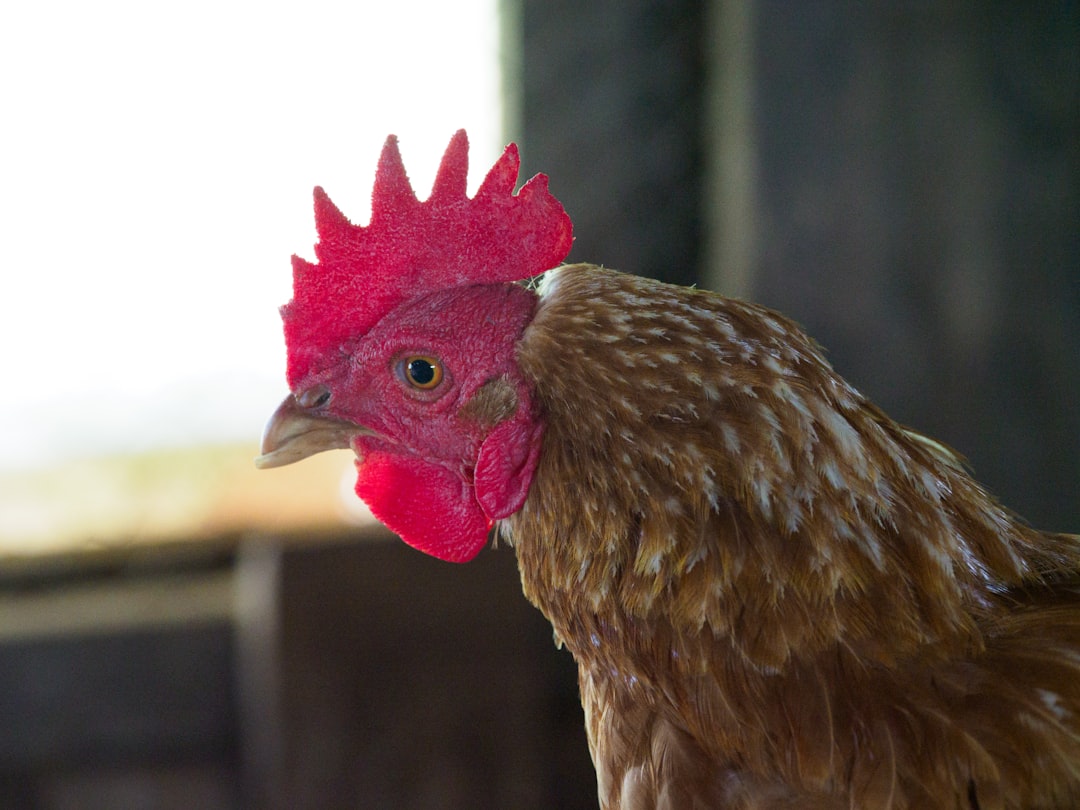When you pick up a bag of coffee at your local grocery store or specialty coffee shop, you might not give much thought to the small valve on the side of the bag. However, this seemingly insignificant component plays a crucial role in preserving the freshness and flavor of your coffee beans. In this article, we'll explore the important function of the coffee bag valve and how it can help you determine the freshness of the beans.
First, let's understand what happens to coffee beans after they are roasted. During the roasting process, coffee beans undergo a series of chemical reactions that release carbon dioxide. This off - gassing is a natural part of the post - roasting process and can continue for several days or even weeks. If the carbon dioxide is trapped inside the coffee bag, it can cause the bag to swell and potentially burst. More importantly, it can also affect the flavor of the coffee.
The valve on the coffee bag is designed to allow the carbon dioxide to escape while preventing oxygen from entering the bag. Oxygen is the enemy of fresh coffee. When coffee beans come into contact with oxygen, they start to oxidize, which leads to a loss of flavor and aroma. The valve acts as a one - way gate, letting the carbon dioxide out but keeping the oxygen at bay. This helps to maintain the integrity of the coffee beans and ensures that they stay fresh for a longer period.
Now, let's talk about how the valve can help you figure out how fresh the beans are. Freshly roasted coffee beans will produce a significant amount of carbon dioxide in the days following roasting. If you gently squeeze a bag of coffee with a valve and hear a hissing sound, it's a good indication that the beans are still releasing carbon dioxide and are relatively fresh. On the other hand, if there is no hissing sound, it could mean that the beans have been sitting around for a while and have already released most of their carbon dioxide.
It's important to note that different roasts will off - gas at different rates. Dark roasts generally release carbon dioxide more quickly than light roasts. So, when using the valve as an indicator of freshness, you need to take the roast level into account. For example, a dark roast that was roasted a few days ago might not hiss as much as a freshly roasted light roast.
Another factor to consider is the storage conditions of the coffee. If the coffee has been stored in a warm or humid environment, the off - gassing process might be accelerated, and the beans could lose their freshness more quickly. Conversely, if the coffee is stored in a cool, dry place, the valve will do a better job of preserving the freshness, and the beans will stay flavorful for longer.
When it comes to brewing the freshest coffee possible, it's best to use beans that are within a few weeks of roasting. The first week after roasting is often considered the prime time for brewing, as the beans have released enough carbon dioxide to be ready for extraction but still retain their full flavor and aroma. By paying attention to the valve on the coffee bag, you can make more informed decisions about which beans to buy and when to use them.
In conclusion, the valve on your coffee bag is not just a random feature. It's an essential part of the packaging that helps to protect the quality of your coffee beans. By understanding its function and using it as a tool to assess freshness, you can elevate your coffee - drinking experience and enjoy a cup of rich, flavorful coffee every time. So, the next time you reach for a bag of coffee, take a moment to appreciate the little valve that's working hard to keep your beans fresh.



















